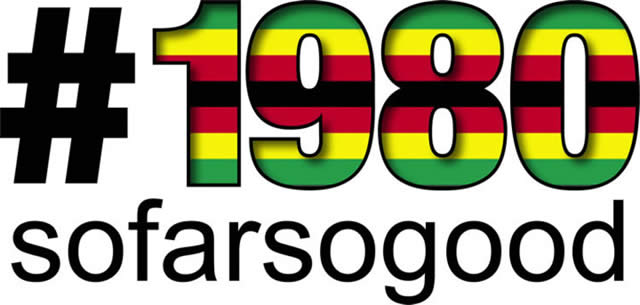Editorial comment: Intensify cattle vaccinations in high risk areas

Rural livelihoods in Matabeleland largely depend on cattle production and sales. Crop farming is generally not viable because of the region’s dryness. There are a few areas and seasons where and when crops can be grown successfully like in Umguza and Esigodini but elsewhere animal husbandry is the only viable agricultural activity.
A 2013 study “Communal cattle production in Zimbabwe: A review,” conducted by three local academics says Matabeleland South has a cattle population of 600,000 animals or 11,2 percent of the national herd while Matabeleland North has 550,000 or 10,2 percent.
In Matabeleland as in other rural provinces, cattle are regarded as investments and a status symbol. They generate income among communal households through sales of the animals and their products.
Remove cattle from the equation, livelihoods are hindered. That is the difficulty that millions of cattle producers in Matabeleland North, Bulawayo and Matabeleland South are facing following the recent government ban on cattle movement and sales after Foot and Mouth Disease (FMD) was detected in three heifers at an auction in Bulawayo. Meanwhile, the government has launched an investigation to determine the source and extent of the outbreak. As a result, many farmers have not sold their animals in two months, a tough call for them as cattle sales are their business.
FMD is an infectious viral disease whose signs and symptoms include high fever for two or three days, followed by blisters inside the mouth and on the feet that may rupture and cause lameness.
It can be spread by infected animals through liquid droplets in the air, physical contact with contaminated farming equipment, vehicles, clothing, or feed, and by domestic and wild predators. Its containment demands considerable efforts in vaccination, strict monitoring, trade restrictions, and quarantines, and occasionally the killing of animals.
We take interest in the outbreak and the resulting ban because it affects three provinces, millions of cattle owners, traders and processors and that beef production is a multi-million dollar industry that is critical to the health of our agro-based economy.
For now, the ban has hit farmers hard as well as traders, butchers and abattoirs whose business is to sell and process beef. If it is not lifted soon, the prohibition will be felt by urban dwellers in Bulawayo as well. Beef supply can slow down, forcing prices to rise. If supply dries up it means urbanites are deprived of an important food item. Therefore it can be a full-spectrum challenge.
We, cattle farmers, traders and processors don’t want the situation to deteriorate to that level. We hope that the government will finish the investigation and take corrective action as fast as possible.
As we await details on the extent of the outbreak, we must commend the government for detecting the disease and for effecting the ban.
However, we regret that the detection was made after the animals had been sold at the largest cattle market in Matabeleland and that they had left Bulawayo for Matopo and Gwanda. We don’t know yet where they had come from or whether they contracted the disease in the city or from their original homes. We don’t know the extent of the outbreak wherever they came from or whether they proceeded to spread the infection to other animals in Gwanda and Matopo.
Nonetheless, we look forward to a thoroughgoing inquiry and necessary action being taken to curb the disease. A long term solution should be for the government to intensify vaccinations in high-risk areas. The vaccinations must not only be area-specific, but also time-specific, say after every few months in the problem areas.
There was a time when the economic challenges disrupted the government’s animal disease control programmes as funds to buy vaccines were scarce, administer them on a national scale or to make available the logistical support for this to happen. We are confident that we are past that stage now and vaccines are now available to respond to outbreaks. But, as we noted earlier, routine vaccinations in high-risk zones are better than responding.
Vaccination has to go with enhanced surveillance on the part of government veterinary officials. But surveillance should begin with the cattle owner who is expected to give high priority to the health of his herd as he does with his own.
At the same time, the farmer should not flout regulations by moving his cattle without requisite permission from police and the Veterinary Services Department as this worsens the outbreak. He is the primary loser if the disease spreads out of control, so awareness must improve and regulations adhered to.
Whatever the challenges, beef producers and processors in Matabeleland North, Bulawayo and Matabeleland South hope that the ongoing investigation will establish that this is a localised outbreak that can be quickly contained so that the ban is lifted and business can resume.











Comments